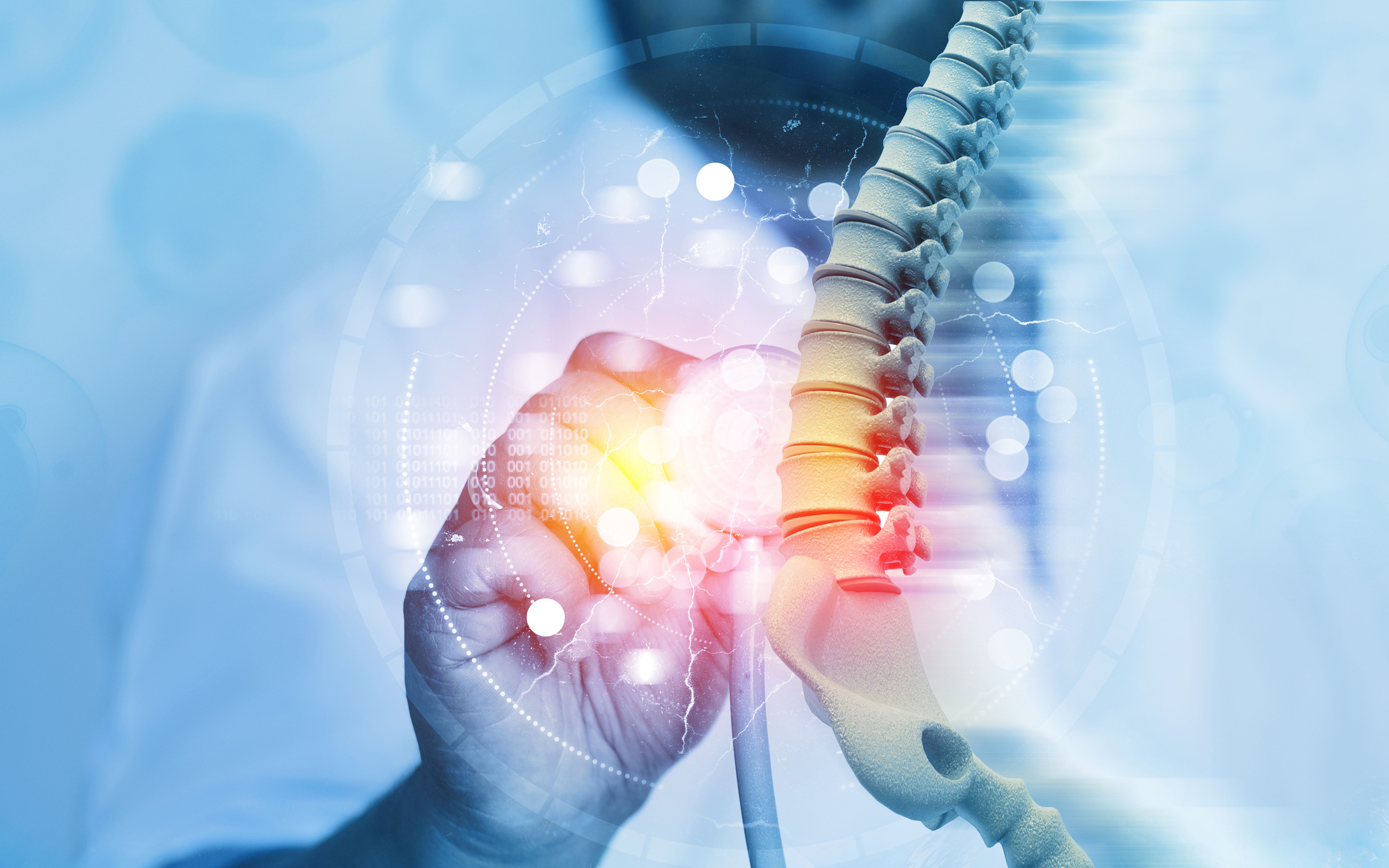
Complex Spine Surgery
What is Complex
Spine Surgery?
Our spine is critical to our overall health and well-being. Not only does it provide stability and flexibility for standing and bending but it also houses our spinal cord, which is a bundle of nerves that carry messages back and forth from your brain to your muscles and other soft tissues. Surrounding the spinal cord is a stack of backbones called vertebrae, cushioned by a gel-like material called discs.
There are many issues that can occur along the spine that can deem surgery necessary. These surgeries have varying degrees of difficulty, depending on the issue location and the issue itself. Many spine surgeries can be performed using minimally invasive techniques, while others require more open procedures.
Complex spine surgery is thought to be the most comprehensive of spine surgeries and generally refers to surgical cases that involve one or more of the following:
- Scoliosis
- Revision spine surgery
- Surgery that involves three or more levels
Compared to more simple spine surgeries, complex cases have much greater variability in terms of the patient’s anatomy and pathological problem. As such, surgeon experience takes on even greater importance.
Dr. Ehtesham is highly experienced in complex spine surgery and is committed to helping patients with complex spine conditions get the best possible outcomes.
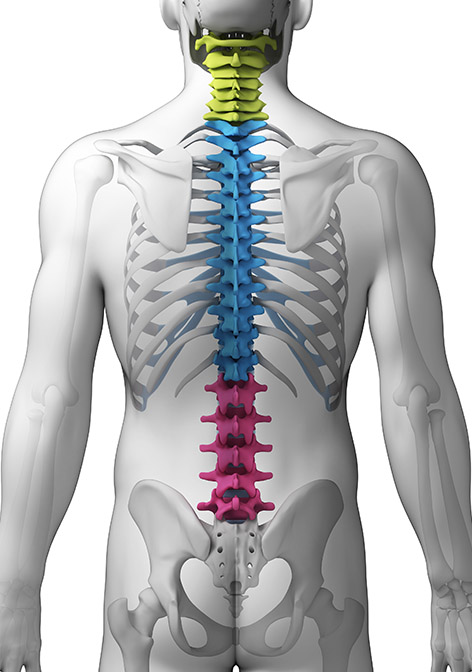
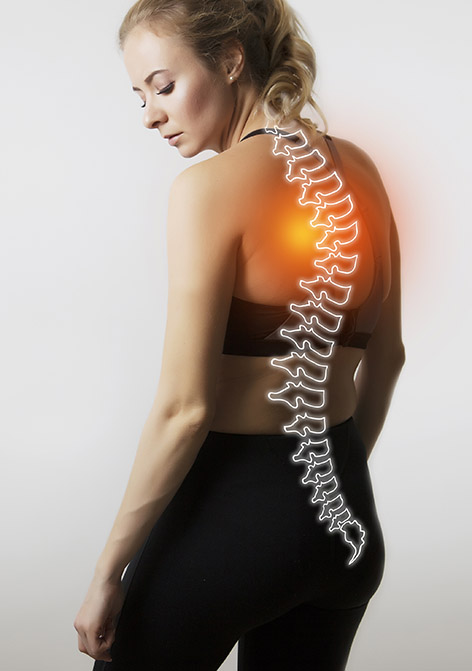
Spinal Deformity
Correction
Certain sections of the spine have some degree of natural curvature, but when the spine becomes abnormally curved because of age-related degeneration, congenital abnormalities or neuromuscular disease, it becomes a deformity.
There are multiple causes of spinal deformities, including
- Increased forward curvature (Kyphosis)
- Increased sideways curvature (Scoliosis)
- Loss of curvature (Flat-Back Syndrome)
Spinal deformities can cause progressive pain and disability. The loss of the normal contours of the back can cause difficulty with standing upright and walking, which can result in severe pain and fatigue. Degenerative scoliosis can cause progressive back pain, and severe scoliosis can eventually cause compression of the spinal nerves, resulting in radiating leg and buttock pain.
Treatment
Dr. Ehtesham has experience evaluating and treating spinal deformity and uses the latest instrumentation and technologies to optimize surgical outcomes, including minimally invasive approaches and open deformity correction procedures.
The goals of spinal deformity correction surgery include realigning the spine to its natural position, decompressing the nerves to alleviate radiating buttock and leg pain, and stabilizing the spine with rigid instrumentation to prevent recurrence of the deformity.
Scoliosis
Scoliosis is an abnormal curvature of the spine that typically occurs during the growth spurt just before puberty, between the ages of 10 – 12, although some types of scoliosis appear much sooner.
Most cases of pediatric scoliosis are mild and don’t require treatment, but some children develop spine deformities that get worse as they grow and must be treated.
Adult scoliosis is typically the result of untreated childhood scoliosis, but it also may result from a degenerative joint condition. Symptoms include pain and stiffness in the lower back; numbness, cramping, or shooting pain in the legs; fatigue due to unusual strain on muscles, back, and legs.
Severe scoliosis can be disabling. An especially severe spinal curve can reduce the amount of space within the chest, making it difficult for the lungs to function properly.
Dr. Ehtesham is highly skilled in treating adult and pediatric scoliosis patients with the utmost care, expertise, and compassion.
Treatment
When surgery is indicated, Dr. Ehtesham uses the most advanced techniques available today to bring scoliosis patients the very best outcomes. Although he is expert in both open and minimally invasive procedures, whenever possible he will use minimally invasive, techniques to speed recovery, lower risk, reduce pain, and prevent damage to healthy tissue.
Surgery is usually recommended for adolescents and adults when the curvature is greater than 45 degrees. It can also be performed in cases of milder curvature if the scoliosis symptoms cause pain or if the condition poses a health risk. The goal is to straighten and balance the spine and secure it in place through spinal fusion so curve progression stops while skeletal maturity is reached.
The surgery does not cure scoliosis; rather it is a way to correct the curve and manage the progression of the disease to avoid greater deformity.
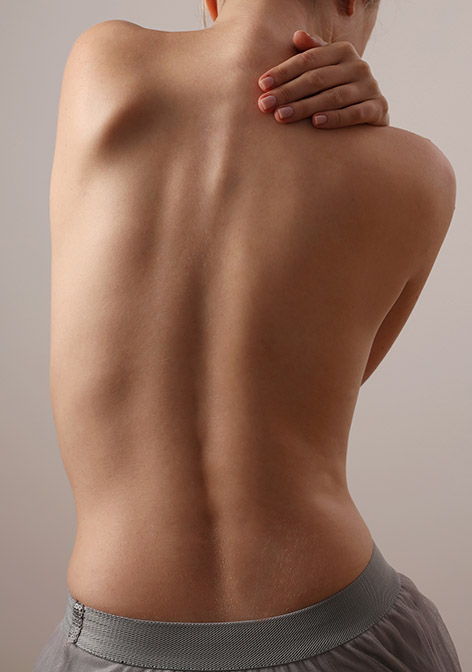
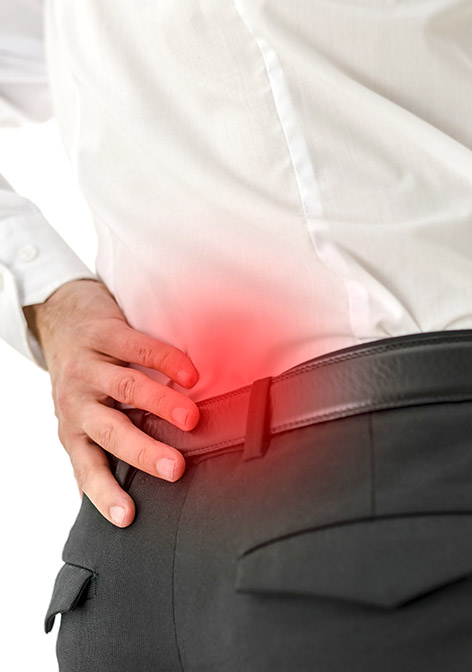
Lumbar
Decompression
The lumbar spine – or lower back – is made up of five vertebrae in the lower part of the spine, between the ribs and pelvis.
The lower back performs the following important functions:
- Support and stabilize the upper body.
- Allow movements in the trunk
- Protect the spinal cord and cauda equina
- Control leg movements
While the lumbar spine is sturdy and resilient, it is subject to a high degree of stress and loads, which may cause various problems, resulting in pain.
Lumbar decompression surgery is a general term used to refer to various surgical procedures that are performed to alleviate pain caused when nerves become trapped (called neural impingement) along the spine.
During decompression surgery, a small portion of the bone over the nerve root and/or disc material from under the nerve root is removed to give the nerve root more space and provide a better healing environment.
The two most common procedures performed to decompress nerves in the lumbar area are laminectomies and discectomies, detailed below:
Laminectomy
A laminectomy is a type of minimally invasive back surgery Dr. Ehtesham performs to relieve spinal nerve compression that typically results from spinal stenosis or a herniated disc.
The procedure enlarges the spinal canal by removing the lamina – the back part of a vertebra covering your spinal canal. Enlarging your spinal canal relieves pressure on the spinal cord or nerves caused by bone spurs within the spinal canal. These bone spurs can narrow the space available around your spinal cord and nerves and can cause pain, weakness, or numbness that radiates down your arms or legs.
The Procedure
While the patient is under general anesthesia, Dr. Ehtesham will make a small incision directly over the affected area. He will then insert an imaging device (called a fluoroscope) through the incision to precisely visualize the structures of the vertebrae and pinpoint the problem area.
Depending on the extent of the damage, the lamina may be removed in portions or in its entirety on both sides of the spine. Typically, Dr. Ehtesham will try to minimize the amount of excision in order to provide a minimally invasive intervention. However, sometimes the entire lamina is removed, depending on the extent of the damage. By removing the lamina, bone spurs, and other debris, the compression of the spinal cord and spinal nerves is alleviated, and symptoms improve.
Discectomy
Disc herniation is a common condition and can occur either because of gradual wear and tear or as an acute injury to the disc.
While surgery is not needed in all cases, a discectomy is considered a highly effective option that can relieve pain quickly. Dr. Ehtesham will determine whether this procedure is right for you after a thorough evaluation of your condition.
Patients can benefit from a customized physical therapy and exercise program during recovery to help restore strength and flexibility and to reduce recurring back pain or disc herniation. These programs usually start with walking and can progress to bicycling and swimming within a few weeks.
The Procedure
The goal of a discectomy is to remove the disc material that is putting pressure on the nerves by the herniated disc. With the patient lying face down, Dr. Ehtesham makes an incision directly over the affected disc through which he removes the damaged disc. This eliminates pressure on the compressed nerve, thus relieving the pain and other symptoms the compression causes.
He then closes the small incision with sutures. Patients are typically discharged the same day or the morning after an overnight stay in the hospital.
Cervical Disc
Replacement
The spine in your neck is called the cervical spine and is made up of the first seven vertebrae, starting just below the skull and ending just above the upper back (thoracic spine). Your cervical spine is much more flexible than the other two spine sections (thoracic and lumbar), with the ability to turn in different directions.
Although your cervical spine is very flexible, it is also at risk for injury – due in part to the limited number of muscles in the neck and the fact that your neck supports the weight of your head, which averages 10-13 pounds. These factors, combined with the stressors placed on your neck through trauma, aging, or even just daily activities, place your cervical spine at risk for developing a number of painful conditions.
Artificial disc replacement (ADR) surgery is typically recommended for patients who have a disc herniation, neck injury, or degenerative disc disease that is causing persistent pain that hasn’t been relieved through nonsurgical treatments.
Dr. Ehtesham performs cervical ADR as an alternative to fusion surgery because it provides patients numerous benefits, including preserving motion in the neck.
Treatment
During the procedure, Dr. Ehtesham makes a small incision through which he removes the injured disc any associated bones spurs. He then replaces the injured disc with an artificial disc that is designed to replicate the natural motion of the cervical spine.
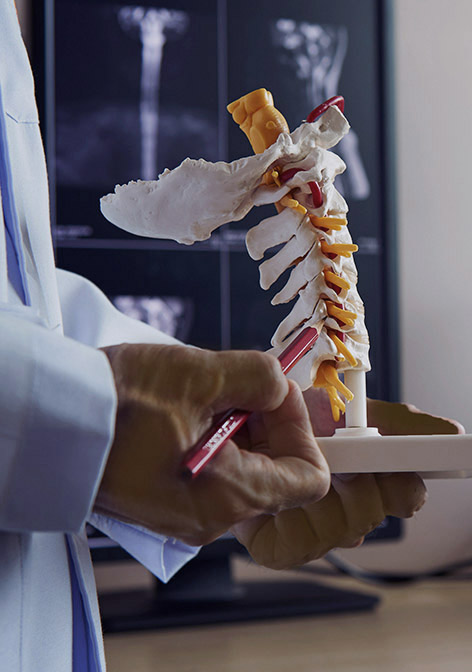

Spinal
Fusion
Spinal fusion surgery is designed to permanently connect two or more vertebrae in your back or neck to stop painful motion between vertebrae by “fusing” them together.
Most commonly, this type of surgery is performed to alleviate the pain and disability caused by conditions such as:
- Spinal weakness or insecurity due to a degenerative disc disease such as severe arthritis of their spines. The condition has caused excessive motion between the joints and spinal fusion restores stability.
- Herniated discs – When these are removed, your spine can destabilize. Fusing the vertebrae can provide stabilization.
- Spine deformities – Fusion can help correct spine deformities like scoliosis.
Treatment
There are a number of different ways to reach the spine and perform spinal fusion. Which one Dr. Ehtesham will use depends on the location of your damaged disc and your own unique needs.
During the procedure, Dr. Ehtesham makes a small incision and removes the damaged disc. He then places a bone graft spacer between two vertebrae to restore height and relieve nerve pinching. As your body begins to heal, new bone grows around the graft, fusing the two vertebrae into one solid piece of bone in about three to six months. Metal plates, screws, and rods may be used to hold the vertebrae together so they can heal as one solid unit.
Revision
Surgery
Unfortunately, even with meticulously executed spine surgeries, complications can sometimes happen. Some patients won’t heal well, others don’t receive the outcomes they hope for.
Some patients whose spine surgeries aren’t considered “successful” may have been told nothing more can be done to relieve their pain, but that isn’t necessarily always accurate. While revision spine surgeries are more technically demanding than first surgeries, Dr. Ehtesham is one of very few surgeons who are skilled enough to specialize in it.
To this end, Dr. Ehtesham has created a protocol for revision spine surgery that includes:
- Careful diagnosing of the patient’s individual issues
- Determining why the initial surgery did not provide the desired outcome
- When indicated, performing restorative surgery to undo or redo a portion of the initial operation to provide pain relief
Some examples of the types of revision spine surgeries Dr. Ehtesham performs include minimally invasive nerve decompression, spinal fusions, and surgery for adjacent level diseases.


